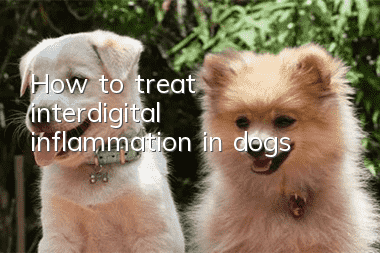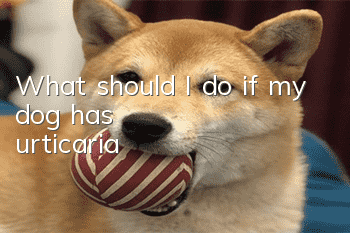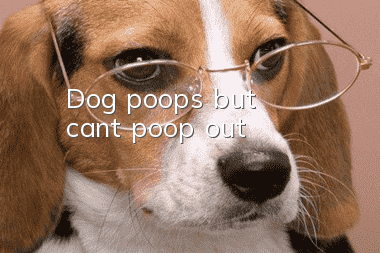How to treat interdigital inflammation in dogs

The primary treatment for dog interdigital inflammation is to keep the spaces between the toes dry and clean. If it is just simple redness, swelling and pain, it is recommended to treat the dog with anti-inflammatory and sterilizing drugs, and at the same time avoid the dog from walking a lot. If there is purulent secretion, you need to squeeze out the secretion first, then disinfect the wound, and then use antiseptic, anti-inflammatory, and swelling-reducing drugs for treatment. Purulent secretions need to be squeezed out and the wound disinfected before each application. During the treatment period, medication needs to be taken continuously on time, otherwise the dog may develop drug resistance, resulting in interdigital inflammation that cannot be recovered.
The treatment cycle for interdigital inflammation is generally more than seven days, and the length of recovery time mainly depends on proper care. Specific treatment methods can refer to the following points.
1. Improve the dog’s living environment, keep it clean and dry, and be sure to dry the dog’s feet after bathing them to avoid moisture.
2. Wear an Elizabethan collar on the dog to prevent the dog from licking the affected area and causing secondary infection.
3. Rinse the affected area with normal saline and metronidazole for disinfection. If there is purulent secretion, squeeze out the pus, and then spray the affected area with medicine for treating interdigititis or apply ointment on it. On the affected area, anti-inflammatory and sterilizing.
4. If the dog’s symptoms still do not improve significantly after 3 days of treatment, it is recommended that the owner take the dog to the pet hospital for medical treatment in time. There may be a serious secondary infection in the affected area, which requires examination and targeted antibiotic treatment.
Note: Dog interdigital inflammation is easy to relapse, so you must pay attention to the hygiene of the dog's paws during treatment, and try to keep the dog's paws dry, clean and hygienic. After recovery, the dog needs to be dewormed regularly. Every time the dog is bathed, the excessively long hair on the paws should be shaved with a razor until it is level with the paws. In terms of diet, it is best to feed your dog natural food with treatment. Do not eat food that is too greasy or salty, and pay attention to balanced nutrition.
- How to tell if your dog is in a good mood? Teach you how to understand your dog’s mood!
- How to train a dog not to jump at people? Correctly correct the problem of dogs jumping at people!
- What does it mean if your dog has constant body odor?
- How to Treat Dog Colds?
- What preparations should be made before a dog gives birth?
- How to train a cat to use cat litter? A must-read for cat owners!
- When is the best time to train a Border Collie?
- How to train Dogo for three months
- Should a puppy that rarely goes out need deworming?
- Causes and prevention of gastroenteritis in dogs



